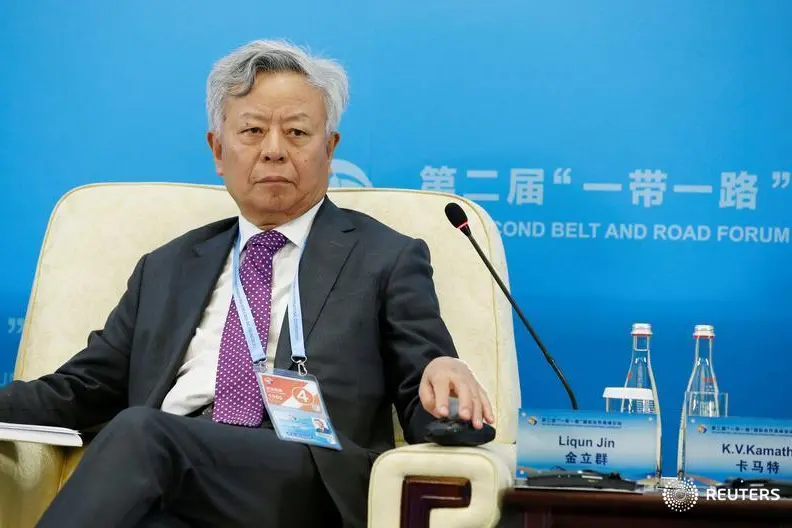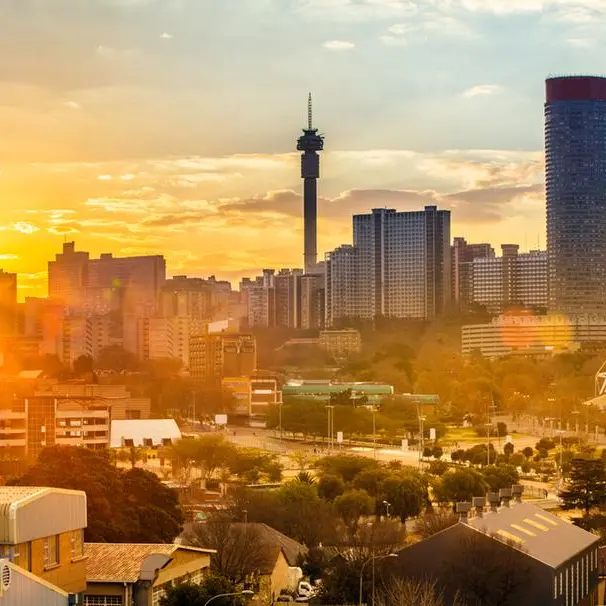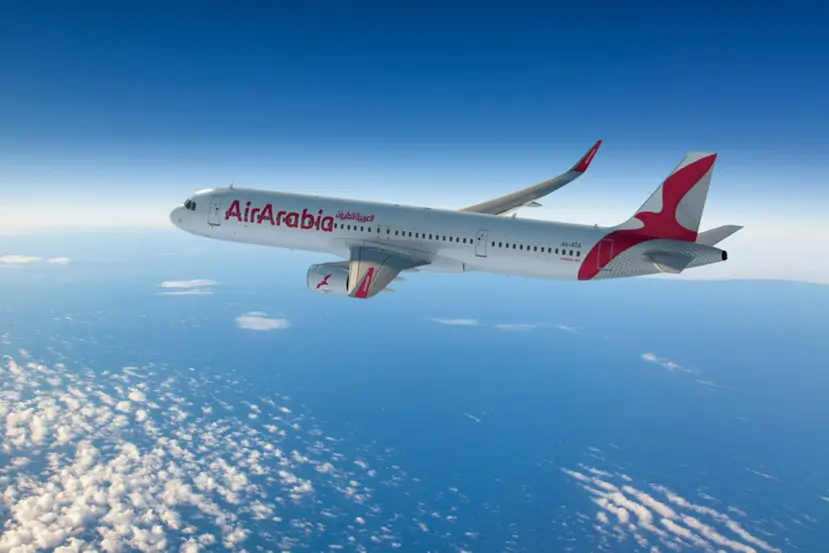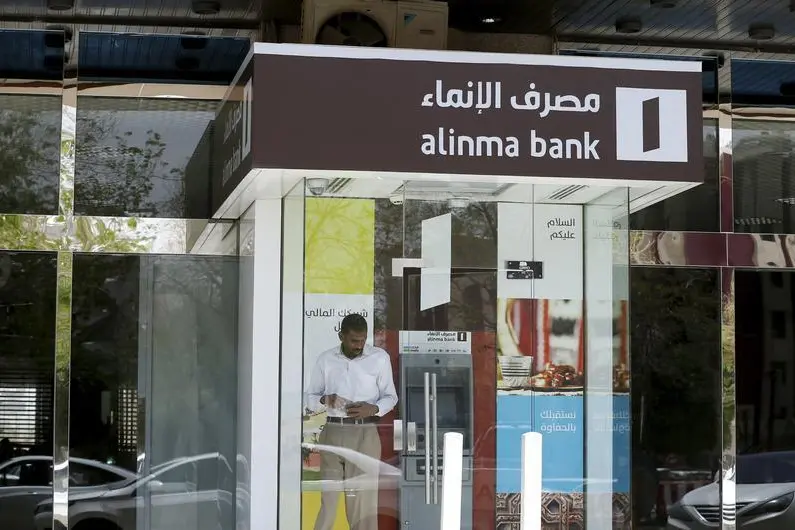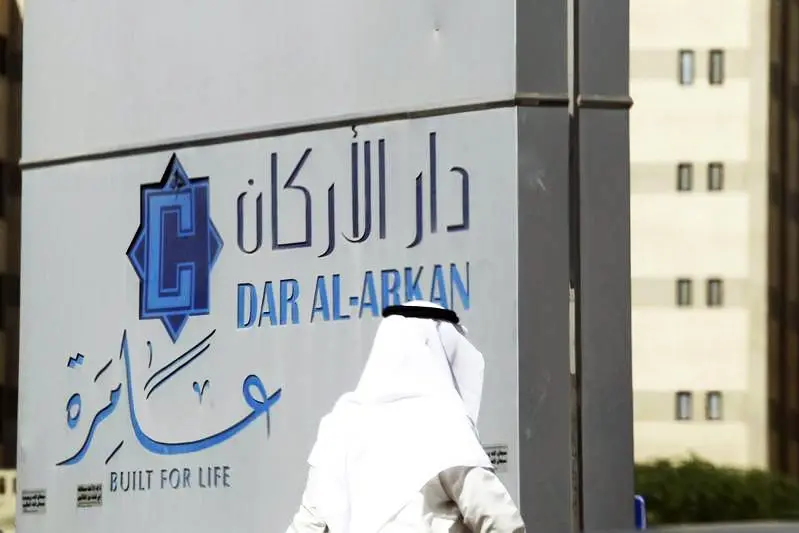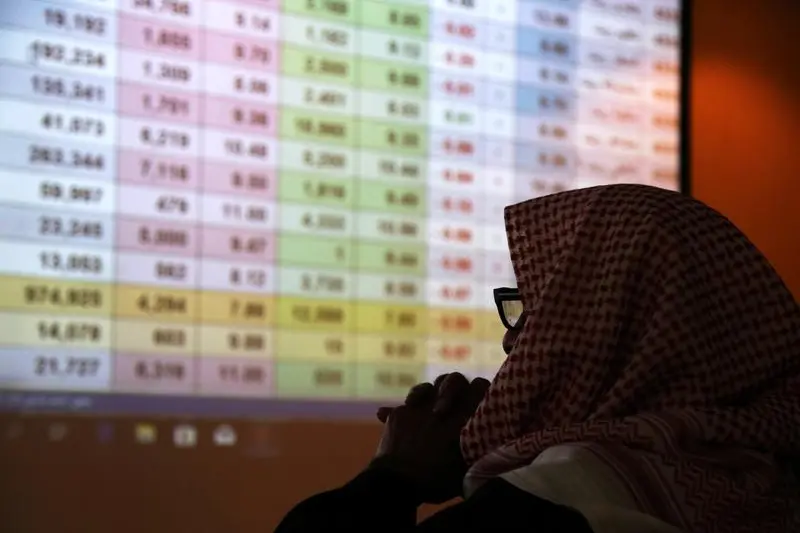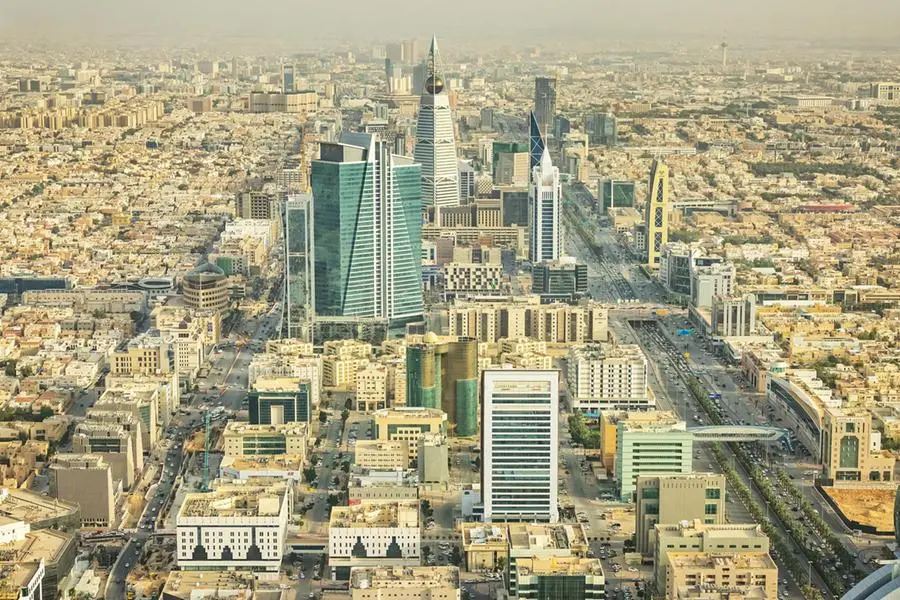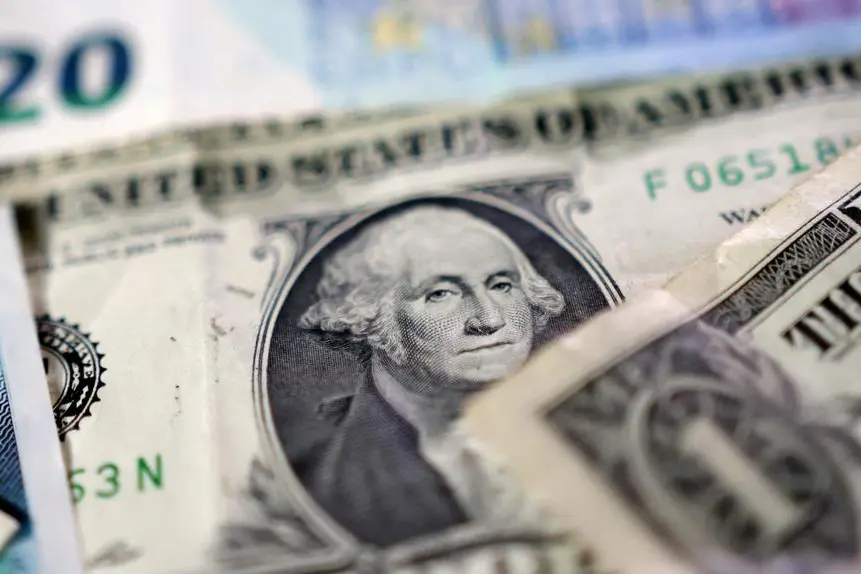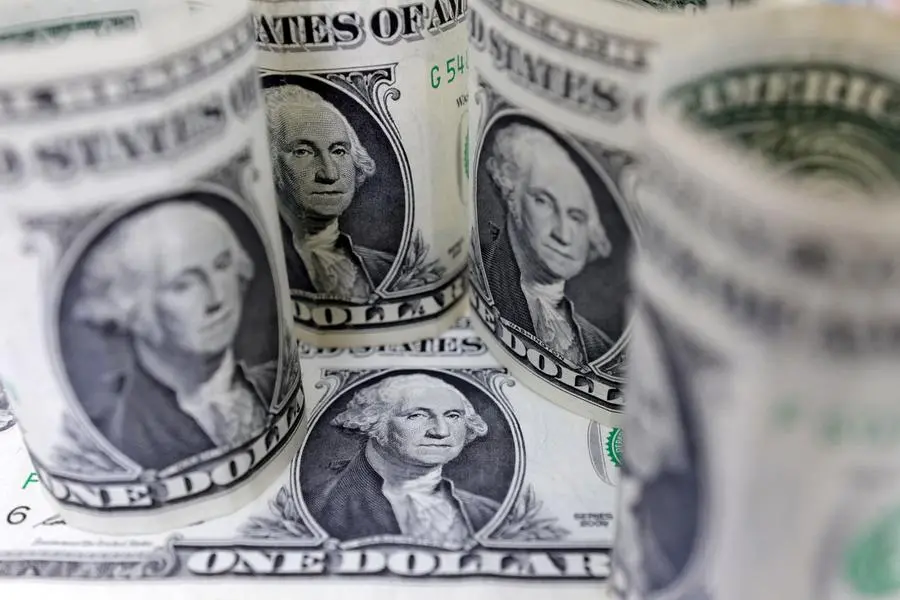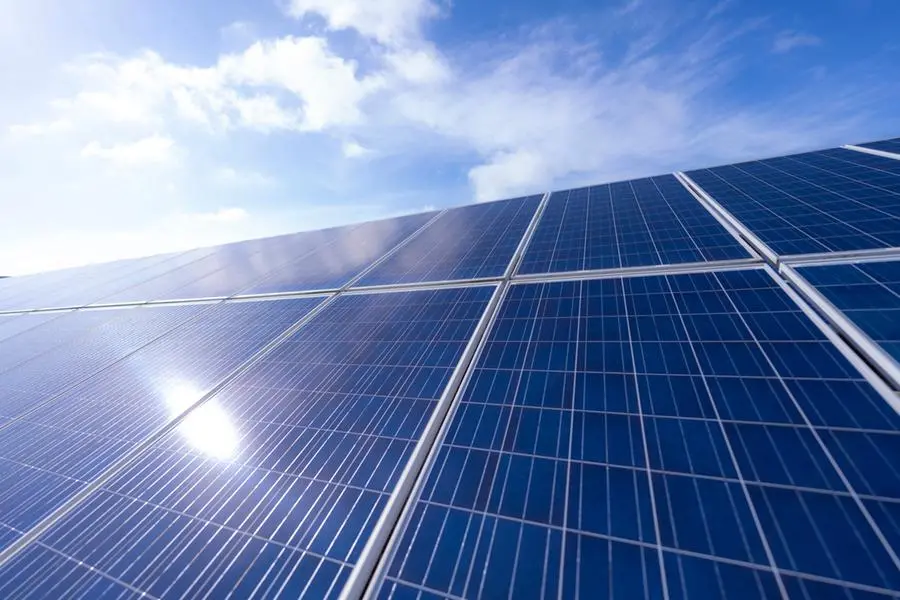PHOTO
Asian Infrastructure Investment Bank (AIIB) president Jin Liqun attends a thematic forum of the second Belt and Road Forum for international cooperation in Beijing, China, April 25, 2019.
HONG KONG - China already has a template to remake its Belt and Road. The Asian Infrastructure Investment Bank has invested over $8 billion in projects while promoting good governance and responsible lending. It’s a sharp contrast to the higher profile Belt and Road. Officials looking to retool that initiative should take note.
The AIIB, a China-based rival to the World Bank that counts 100 members, plans to finance projects worth about $4 billion this year. That’s up from $3.3 billion in 2018. Its longer-term goal is to fund around $10 billion to $12 billion annually over the coming years. Yet that’s a drop in the bucket compared to the Belt and Road Initiative, conceived in 2013, around the same time as AIIB. China Development Bank and Export-Import Bank of China, two of the country’s state-owned policy lenders, have together stumped up more than $339 billion of financing for projects under the BRI umbrella, the lenders said earlier this year. Total spending is soon expected to exceed $1 trillion, though estimates vary widely.
The two channels are focused on promoting infrastructure abroad but could hardly be more different. Belt and Road is less a clear programme than a policy campaign. It frequently involves Chinese financial institutions lending to foreign governments to finance China state-backed contractors on sometimes opaque lending terms. It has led to occasionally exaggerated accusations of corruption, influence-peddling and so-called “debt traps,” in which cash-strapped countries are allegedly left in hoc to their Chinese creditors. That has triggered backlashes in places such as Malaysia.
The AIIB was quick to anticipate concerns about its governance standards. It recruited foreign talent, such as Natalie Lichtenstein, formerly of the World Bank, and former UK Treasury minister Danny Alexander. It has co-financed more than half of its projects with other multilateral lenders, such as the European Investment Bank. Even some American diplomats – many of whom previously fretted the bank might prove an arm of Chinese foreign policy – have expressed approval at the bank’s record.
Officials are now seeking a “recalibrated” version of the Belt and Road, a tacit admission of prior shortcomings. AIIB guidelines on stakeholder consultation, information disclosure and fraud and corruption safeguards point the way. Simply defining Belt and Road projects would help. Beijing has created one impressive institution to promote foreign lending; now is the time for another.
CONTEXT NEWS
- The China-backed Asian Infrastructure Investment Bank aims to finance infrastructure projects worth $10 billion to $12 billion annually over the coming years, according to Vice President for Policy and Strategy Joachim von Amsberg, Reuters reported on July 1. The bank has said it is looking to finance projects worth about $4 billion this year, up from $3.3 billion in 2018.
(Editing by George Hay and Katrina Hamlin) ((christopher.beddor@thomsonreuters.com; Reuters Messaging: christopher.beddor.thomsonreuters.com@reuters.net))
